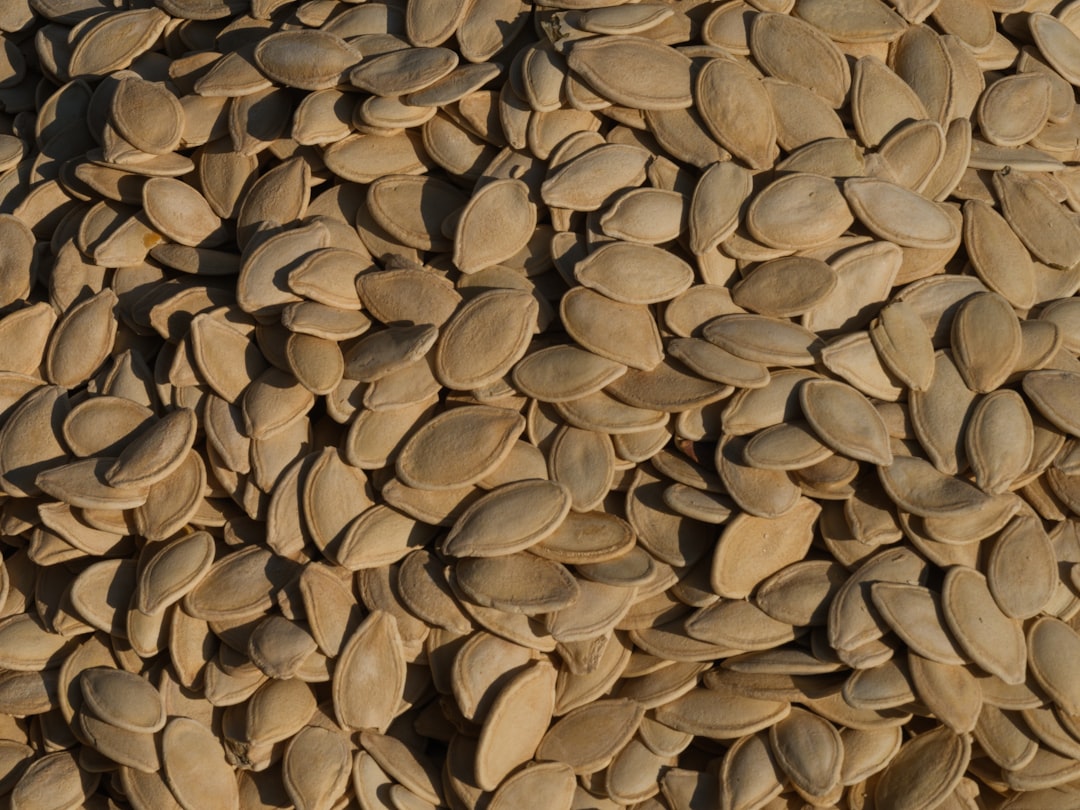In modern agriculture, efficiency and precision are key to optimizing yields and reducing costs. Traditional methods of broadcasting seeds by hand or using less advanced planting techniques can lead to wasted seed, uneven plant growth, and increased competition for nutrients. To counter these challenges, many large-scale farmers are turning to seed drills and precision planting equipment to improve seed placement, ensure uniform germination, and maximize efficiency.
The Importance of Precision in Large-Scale Planting
Precision in planting is critical for ensuring that crops have optimal access to soil nutrients, water, and sunlight. Proper spacing between seeds prevents overcrowding, reducing competition and promoting healthier plants. Additionally, ensuring uniform seed depth improves germination rates and minimizes seed loss due to exposure to elements or predation.
Seed drills and precision planters allow farmers to achieve these objectives with advanced technology, enabling them to plant with accuracy and efficiency.
How Seed Drills Improve Planting Efficiency
A seed drill is a mechanized planting tool that places seeds into the soil at a consistent depth and spacing. Unlike traditional methods, which can result in irregular planting, seed drills ensure even distribution.
Benefits of Using a Seed Drill:
- Consistent Seed Placement: Ensures each seed is planted at an optimal depth, improving germination rates.
- Reduced Seed Waste: More efficient seed use reduces costs and minimizes overplanting.
- Improved Crop Uniformity: Evenly spaced seeds lead to consistent plant growth and better overall yields.
- Time and Labor Savings: Automated drilling processes allow farmers to cover more acreage in less time, reducing manual labor needs.
Precision Planting Equipment: Advancing Seed Sowing Technology
Precision planting equipment takes seed drills to the next level by incorporating GPS guidance, variable-rate seeding, and automated control systems. These advanced technologies allow for data-driven planting strategies that adjust to soil conditions, optimize seed placement, and maximize efficiency.
Features of Precision Planters:
- GPS and Automated Guidance: Ensures straight rows and consistent spacing without human error.
- Variable-Rate Seeding: Adjusts seed distribution based on soil conditions, increasing efficiency and productivity.
- Smart Monitoring Systems: Real-time data collection allows for adjustments and optimizations during planting.
- Minimal Soil Disturbance: Helps maintain soil structure and reduces erosion risks.
Choosing the Right Equipment for Your Farm
When selecting seed drills or precision planting equipment, consider the following factors:
- Farm Size & Crop Type: Different models are designed for various field sizes and crop types.
- Technology Integration: Determine if GPS, automation, and monitoring systems align with your farm’s needs.
- Cost vs. Return on Investment: While advanced equipment has upfront costs, the long-term benefits in yield and efficiency can justify the investment.
- Maintenance & Usability: Choose equipment that is easy to maintain and operate to ensure longevity and effectiveness.
Conclusion
Seed drills and precision planting equipment are revolutionizing large-scale farming by optimizing seed placement, reducing waste, and improving overall efficiency. By incorporating these advanced technologies, farmers can increase yields, reduce labor costs, and create a more sustainable and productive agricultural system. Investing in precision planting is not just a step forward in modern farming—it’s a necessity for maximizing success in today’s competitive agricultural industry.

Comments
No comments yet. Be the first to comment!
You must be logged in to comment. Login